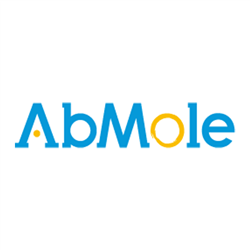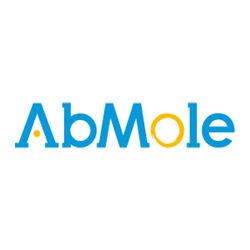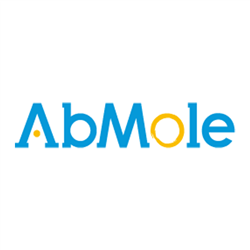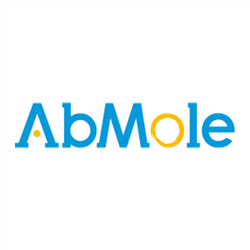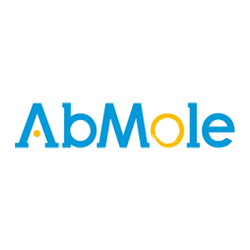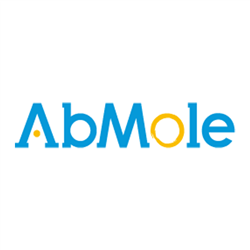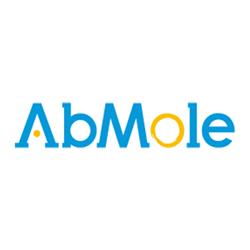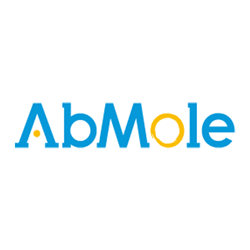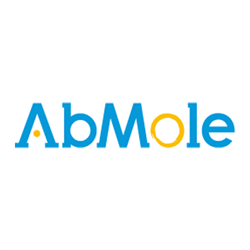Antibody
- Instrumentos
- Agitadores / Agit. Incubadores
- Orbitales
- Con Incubación
- Incubadores Gran Capacidad
- Lineales, Balanceo y 3D
- Incubadores Microplacas
- Para colocar en estufa
- Magnéticos
- Mezcladores /Roller /Rotatorios
- Agitadores de Paletas
- Jeio Tech Accesorios para Agitadores
- Benchmark Accesorios para Agitadores
- N-Biotek Accesorios para Agitadores
- Biosan Accesorios para Agitadores
- Labnet Int. Accesorios para Agitadores
- Vórtex
- Analisis Imagen, animales, plantas, geles
- Balanzas
- Baños Termostáticos
- Cabinas Flujo / Extraccion gases / PCR
- Centrifugas
- Detectores de Radioactividad
- Electroforesis
- Electroquímica
- Equipos Microplacas
- Espectrofotometros
- Experimentacion Animal
- Hornos de Hibridacion
- Homogeneizadores
- Estufas / Equipos calor, frio
- Luminómetros de Tubos
- Microbiologia
- Pipetas / Dispensadores
- Pipetas Labnet Int. Monocanales Automaticos
- Pipetas HTL Monocanales Automáticas
- Pipeta Accumax Mono y Multicanales
- Pipetas Labnet Int. Multicanales
- Pipetas HTL Multicanales
- Pipetas Volumen Fijo
- Pipetas Electrónicas
- Dispensadores
- Dispensadores de Botella
- Pipetas Biosan Monocanales
- Pipetas Biosan Multicanales
- PCR / Tiempo Real (qPCR)l / Cicladores
- QPCR, Sistemas automaticos
- Sonicadores / Ultrasonidos
- Ultracongeladores
- Bombas Jeringa / Vacio / Osmoticas
- Ultracentrífugas
- Micro Array label free
- Contadores de Células
- Contenedores Criogenicos
- Producción agua ultrapura
- Electrospinning
- Agitadores / Agit. Incubadores
- Reactivos
- Consumibles
- Catálogos PDF
Antibody Hay 61873 productos.
Recombinant Mouse IL-23 (Mammalian)
Interleukin 23 (IL-23) is a heterodimeric cytokine composed of two disulfide-linked subunits, a p19 subunit that is unique to IL-23, and a p40 subunit that is shared with IL-12. Recombinant Mouse Interleukin-23 is produced by Mammalian expression system and the target gene encoding Val22-Ala196&Met23-Ser335 is expressed.
Recombinant Human CD25/IL-2Rα Fc Chimera (HEK 293)
The IL-2 receptor system consists of three non-covalently linked subunits termed IL-2Rα, IL-2Rβ, and IL-2Rγ. The IL-2Rα is a type I transmembrane protein consisting of a 219 amino acid (a.a.) extracellular domain, a 19 a.a. transmembrane domain and a 13 a.a. intracellular domain, which is not involved in the transduction of IL-2 signal.
Recombinant Mouse IL-2 (E.coli)
Interleukin 2 (IL 2), also termed T-cell growth factor, is a member of the cytokine family. IL-2 is produced by CD4+ T cell, CD8+ T cells, gamma δ T cells, B cells, dendritic cells and eosinophils, and plays a vital role in key function of the immune system, tolerance and immunity, primarily via its potent stimulatory activity for T cells.
Recombinant Human Lipocalin-2/NGAL/LCN2 (E. coli, C-6His)
Human neutrophil gelatinase-associated lipid transport protein (Lipocalin-2/NGAL/LCN2) is produced by the E. coli expression system and the target gene encoding Gln21-Gly198 has a 6His tag at the C-terminus.Protein number: P80188
Recombinant Mouse PCSK9 (Mammalian, C-6His)
Proprotein Convertase Subtilisin/Kexin Type 9 (PCSK9) is a secretory subtilase belonging to the proteinase K subfamily. PCSK9 binds with low-density lipoprotein receptor (LDLR) and plays a major regulatory role in cholesterol homeostasis. PCSK9 also plays a role in neural development.
Retifanlimab
Retifanlimab is an anti-programmed cell death protein 1 (anti-PD-1) monoclonal antibody (mAb). Retifanlimab can be used for the research of gastroesophageal adenocarcinoma (GEA).
Recombinant Human BDNF Protein (CHO)
Recombinant Human BDNF Protein is a neurotrophic factor that binds to TrkB receptors and regulates neural development, including neuronal survival, differentiation, and synaptic plasticity.
Recombinant Human TNF α (HEK293, C-His)
Recombinant Human TNF α (HEK293, C-His) plays an important role in growth regulation, differentiation, inflammatory response, viral replication, tumorigenesis, autoimmune diseases, and viral, bacterial, fungal, and parasitic infections.
Recombinant Human BMP-4 (HEK293, C-Fc)
BMP-4 is involved in the development and maintenance of bone and cartilage. Bone morphogenetic proteins (BMPs) constitute a subfamily within the TGF-β superfamily of structurally related signaling proteins. Measured by its ability to induce ATDC-5 cells to produce alkaline phosphatase, the ED50 is ≤50 ng/mL.
Recombinant Human CCL5 protein (E.coli)
Protein construction: The DNA sequence encoding human CCL5 (SER24-SER91) was fused with the GST marker Biological activity: Chemokines for blood monocytes, memory T helper cells and eosinophils. Cause basophils to release histamine and activate eosinophils.
Recombinant Human CXCL16 (Pro49-Pro137) (E.coli)
Protein Construct: DNA sequence encoding human CXCL16 (Pro49-Pro137) fused to a GST tag. Accession #: Q9H2A7.
Recombinant Rat CXCL1/CINC-1 Protein (E. coli)
Rat CXCL1, also known as CINC-1, is belonging to the CXC chemokine family. CXCL1 may act as a chemoattractant for osteoclast precursors. CXCL1 may also have important pro-nociceptive effects via its direct actions on sensory neurons, and may induce long-term changes that involve protein synthesis.

